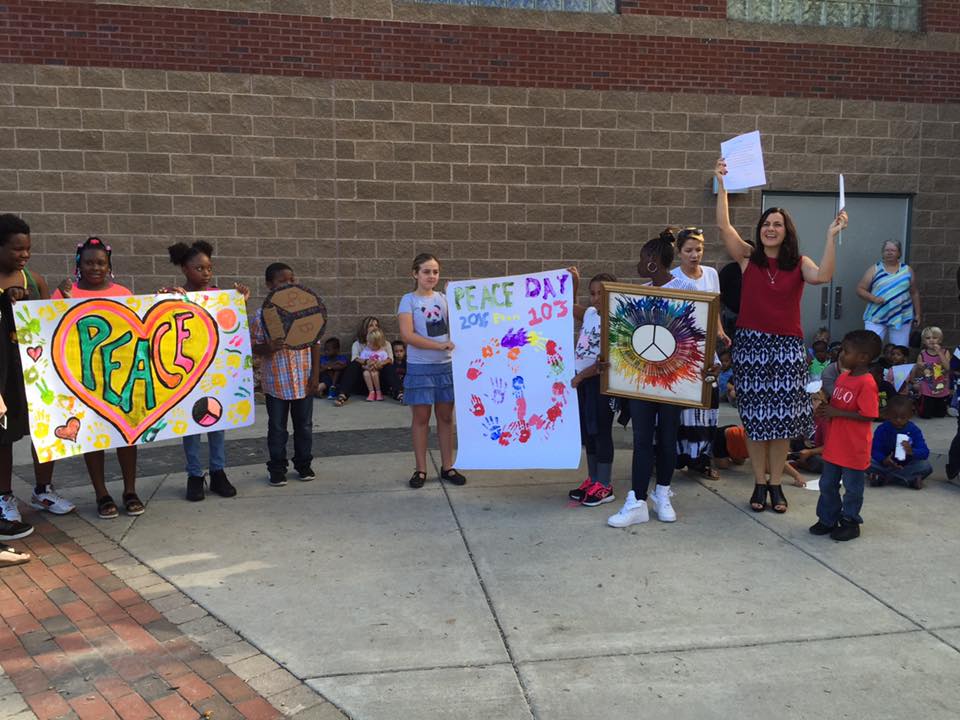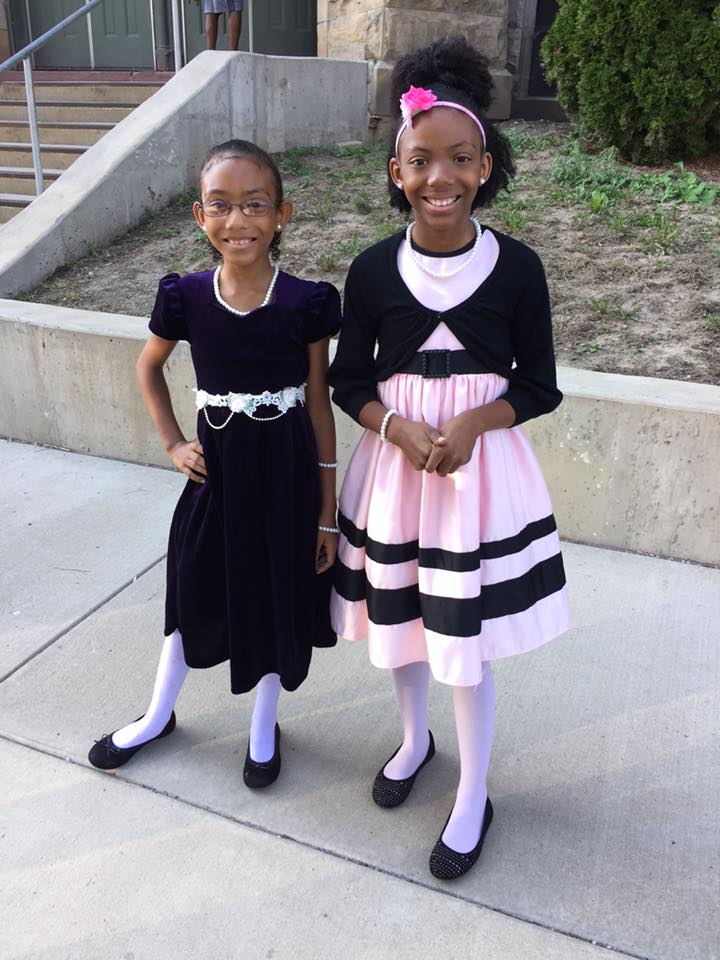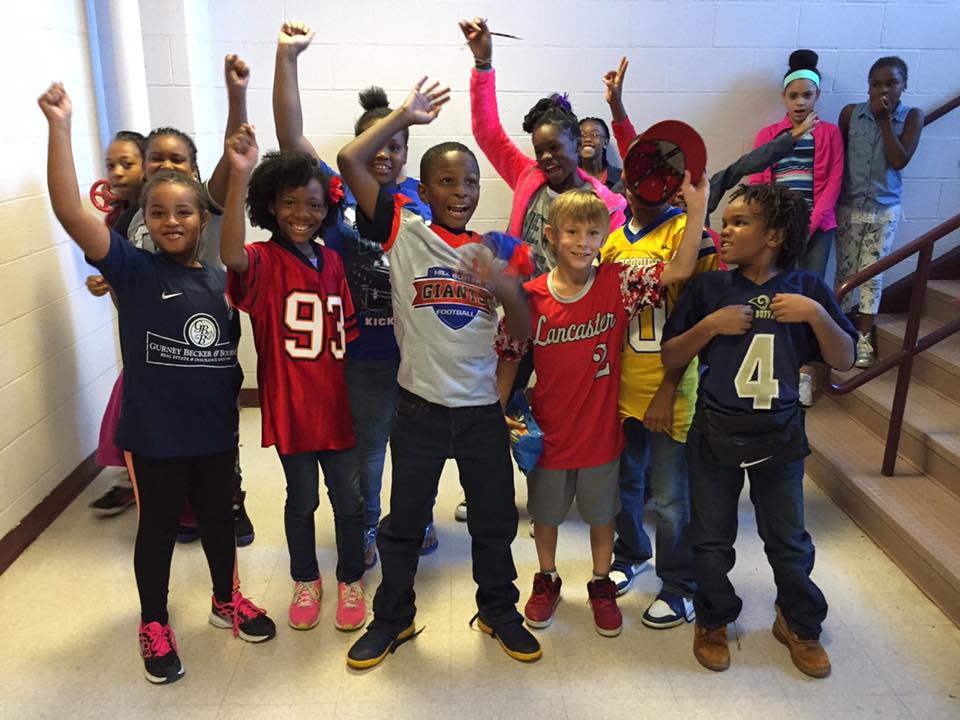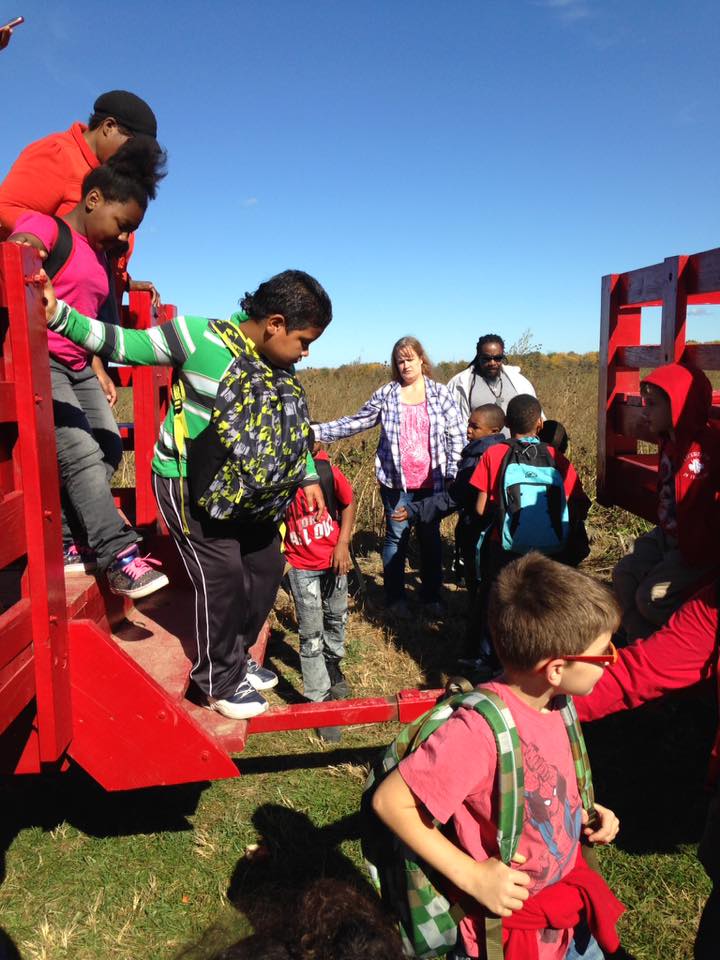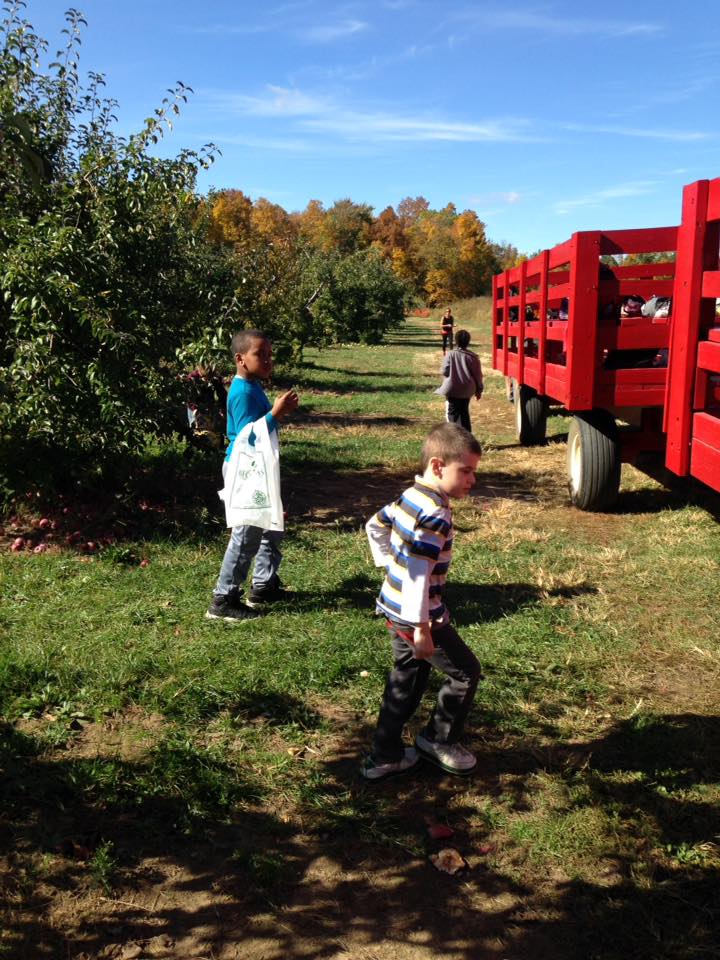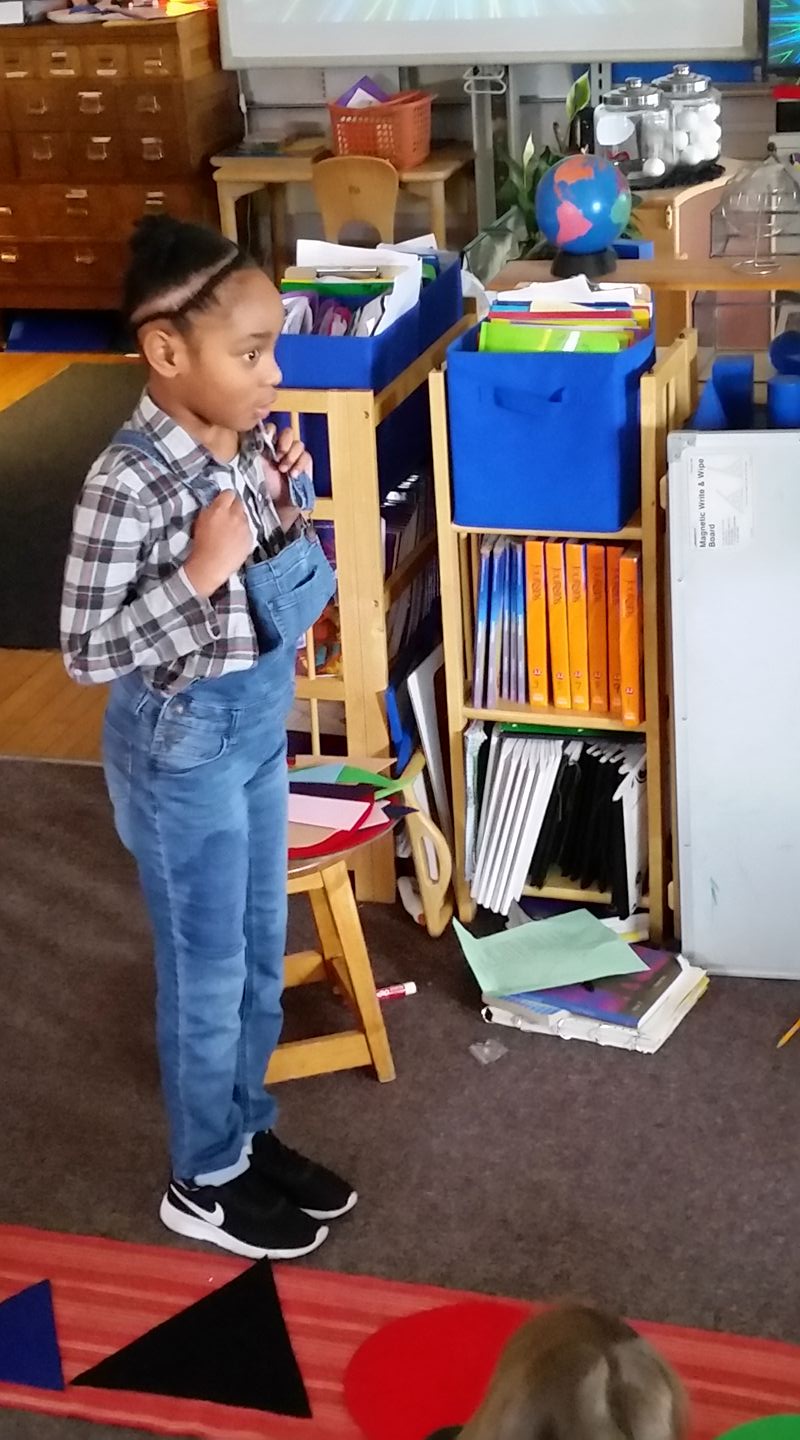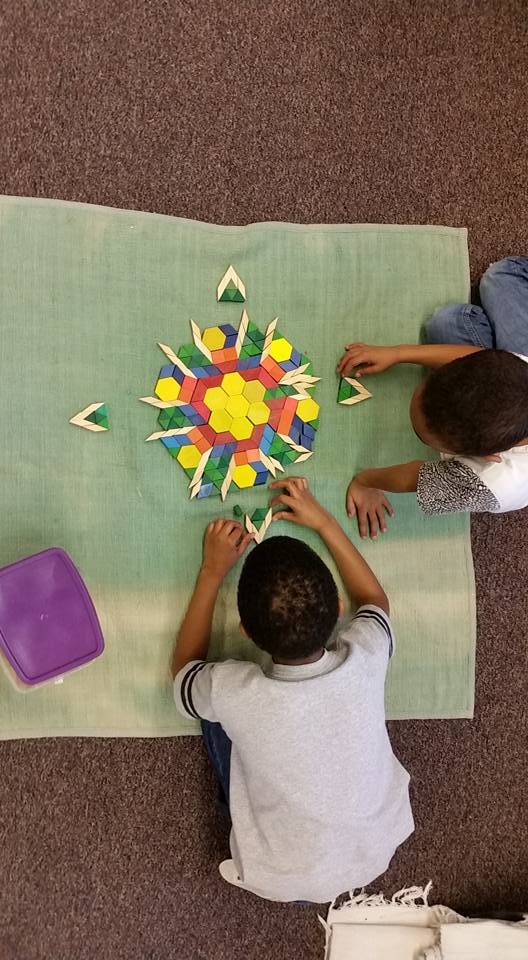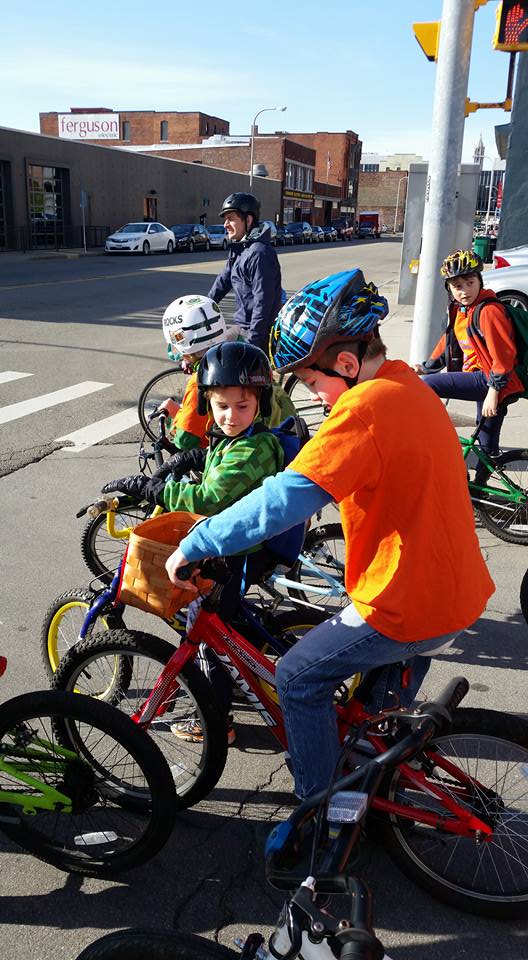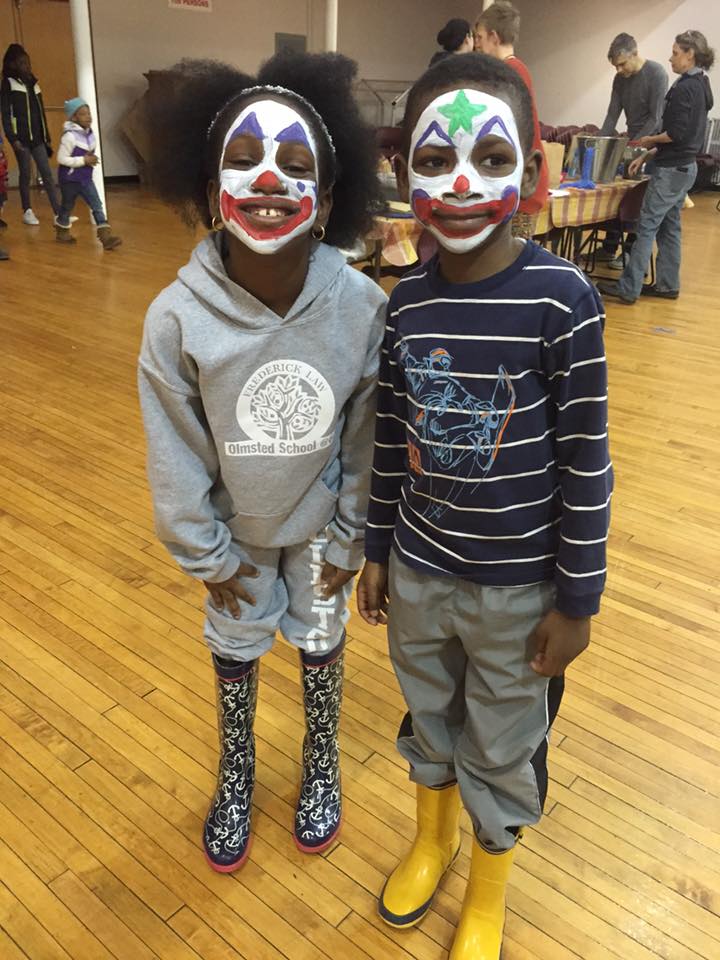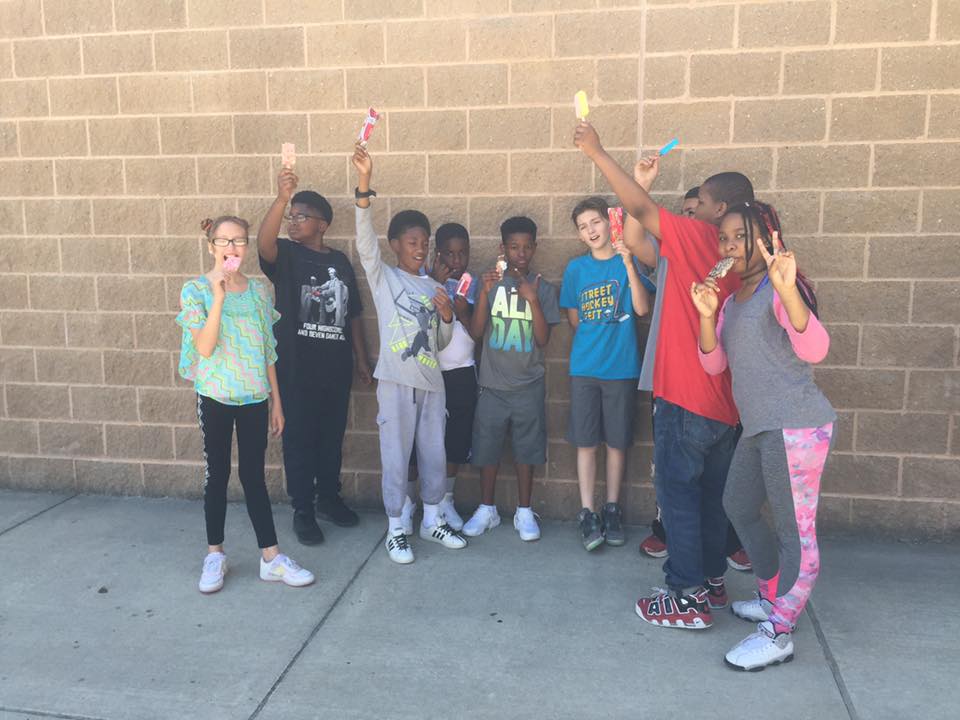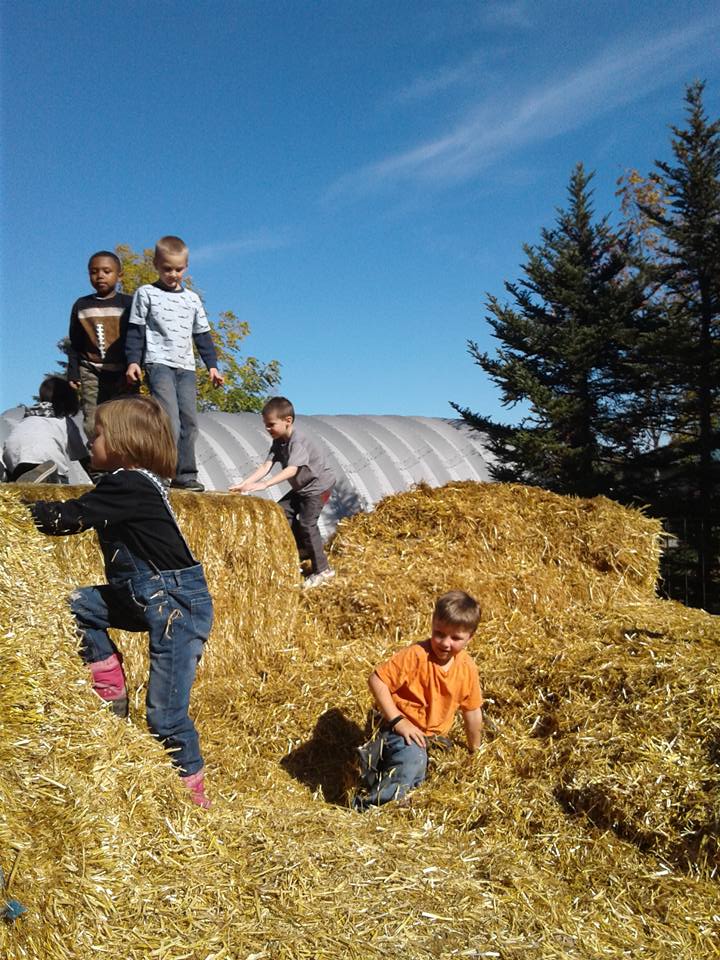Lower Elementary : The 5-7 and 6-9 Environments
The child in this environment is now moving out of the first plane of development and into the second plane. Some liken this to moving from the Age of What to the Age of Why. Students are less concerned with order and more concerned with their social standing.
Each classroom is staffed by a Montessori trained teacher and a teaching assistant. In some cases, when an Integrated Co-Teaching (ICT) model is in place, two teachers will be present. Students will meet with their teachers in a variety of groupings for instruction. A casual observer may see lessons being given one-to-one, in very small groups and occasionally to the whole class. Frequently, students will give lessons to their peers. Peer tutoring is an excellent way for a student to demonstrate their understanding of a concept. Community meetings to discuss the day’s events are also commonplace.
While the 5-7 and 6-9 environment work areas are not as clearly delineated as the 3-6, a closer look will reveal shelves devoted to arithmetic, geometry, language, and cultural. Montessori materials are properly sequenced leading the child from the concrete to the abstract. Some materials at this level will have also been present at the 3-6 level such as the golden beads, the constructive triangles bead bars, geometric solids, object boxes, movable alphabets and grammar symbols. Besides the familiar materials, children will also be called to use new materials such as the stamp game, rack and tube division and the grammar boxes. Nomenclature card sets are also commonly found on all shelves
As in the 3-6 level, the 5-7 and 6-9 levels will also have a long uninterrupted work time. Depending on the classroom schedule, the work cycle will either be in the morning or the afternoon. During this time, children will choose and complete work independently or with peers. During this time they will also meet with their teacher for lessons.

